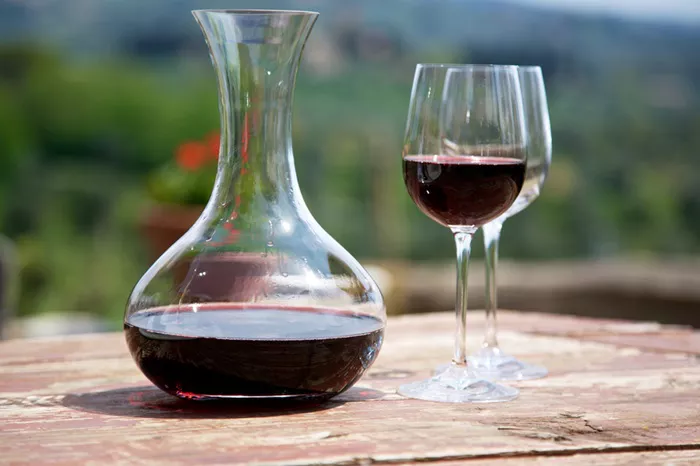The wine industries in both the United States and Europe are facing heightened uncertainty due to escalating political and economic tensions between the U.S. and France, potentially leading to new trade barriers. Although the wine sector may avoid some punitive measures this time, concerns persist about the future of the transatlantic wine trade.
Two key developments have contributed to the strain: the election of Donald Trump as U.S. president and France’s decision to increase its digital services tax (DST) from 3% to 5%. The tax, aimed at major American tech companies, has drawn sharp criticism from the U.S. government, which had already signaled the possibility of retaliatory actions before the increase was even announced.
While retaliation seems likely, experts point to the unresolved Airbus-Boeing dispute as a cautionary reminder of past trade conflicts that resulted in tariffs on European wines in 2019. However, Ben Aneff, president of the U.S. Wine Trade Alliance (USWTA), remains cautiously optimistic, suggesting that French wine may not be the focal point of any future U.S. measures. Aneff’s optimism is based on the outcome of similar tensions during Trump’s first term, when a proposed 100% tariff on French Champagne was successfully blocked by the USWTA.
During that period, the USWTA argued that such tariffs would hurt U.S. businesses more than French producers, prompting the Office of the U.S. Trade Representative (USTR) to exclude Champagne from the tariff list. Robert Lighthizer, a key figure in those decisions and a strong advocate of “fair” trade policies, could potentially return to a prominent role in the U.S. administration. Lighthizer’s approach could offer a glimmer of hope for the wine industry, which has historically benefitted from balanced, tariff-free trade between Europe and the U.S.
Despite these considerations, Aneff cautions that other European agricultural products—especially French cheese—could become targets for new tariffs. The USTR has accused the European Union of restricting access to the U.S. market for American agricultural products, including beef. As a result, European foodstuffs, including cheese, may face new duties, while wine could remain unaffected.
The U.S. wine sector has long supported maintaining unrestricted European imports, with the USWTA highlighting the economic value of European wine trade. Each dollar spent on European wines is said to generate $4.52 in revenue for U.S. businesses, benefiting importers, distributors, and restaurants. In contrast, products like French perfumes and handbags often involve direct sales by French companies within the U.S., offering less economic benefit to American businesses.
The cultural impact of European wines also plays a significant role. Andrew Fortgang, owner of several Oregon-based restaurants, emphasizes the deep connection between wine and food. He argues that U.S. consumers cannot easily replace the cultural experience offered by European wines, underscoring the unique role they play in dining traditions.
For some, the potential for higher tariffs on French wines could present new opportunities. Julio Alonso, executive director of Wines of Chile, sees a chance for Chilean wines—such as Sauvignon Blanc from the Leyda Valley—to gain traction in the U.S. market if French wines become more expensive. These Chilean wines, Alonso notes, offer a balance between minerality and freshness, bridging the styles of Sancerre and Marlborough, New Zealand.
Market trends suggest that French wine accounts for only 9.3% of the total imported wine volume in the U.S., trailing behind Italy and Australia. Among French wines, sparkling and rosé varieties dominate sales, while reds from Bordeaux and Burgundy make up just 15.6% of the total French wine imports. This indicates that French reds represent a small fraction of overall U.S. wine sales, with only one out of every 250 bottles sold being a French red.
Despite these dynamics, uncertainty remains a dominant theme. Kate Laughlin, CEO of Martine’s Wines, notes that importers are reluctant to stockpile large quantities of inventory due to the financial risks posed by unclear tariffs. With little certainty about long-term trade policy, industry leaders are in close communication with European partners, hoping for clarity that continues to elude them.
For now, the wine industry is focused on navigating the unpredictable political landscape, understanding that stability and predictability are essential for sustaining trade in the global marketplace.
You Might Be Interested In:


